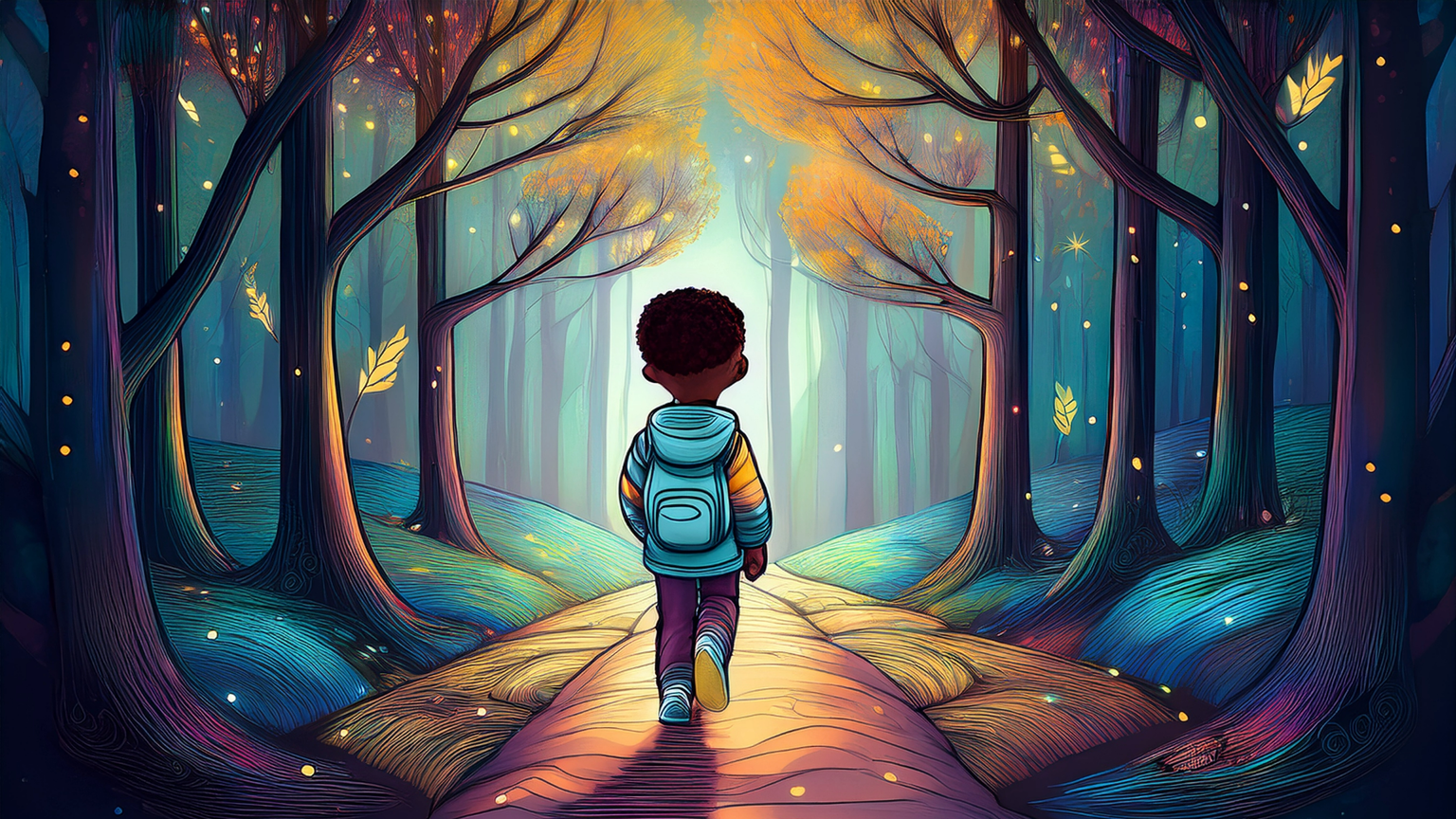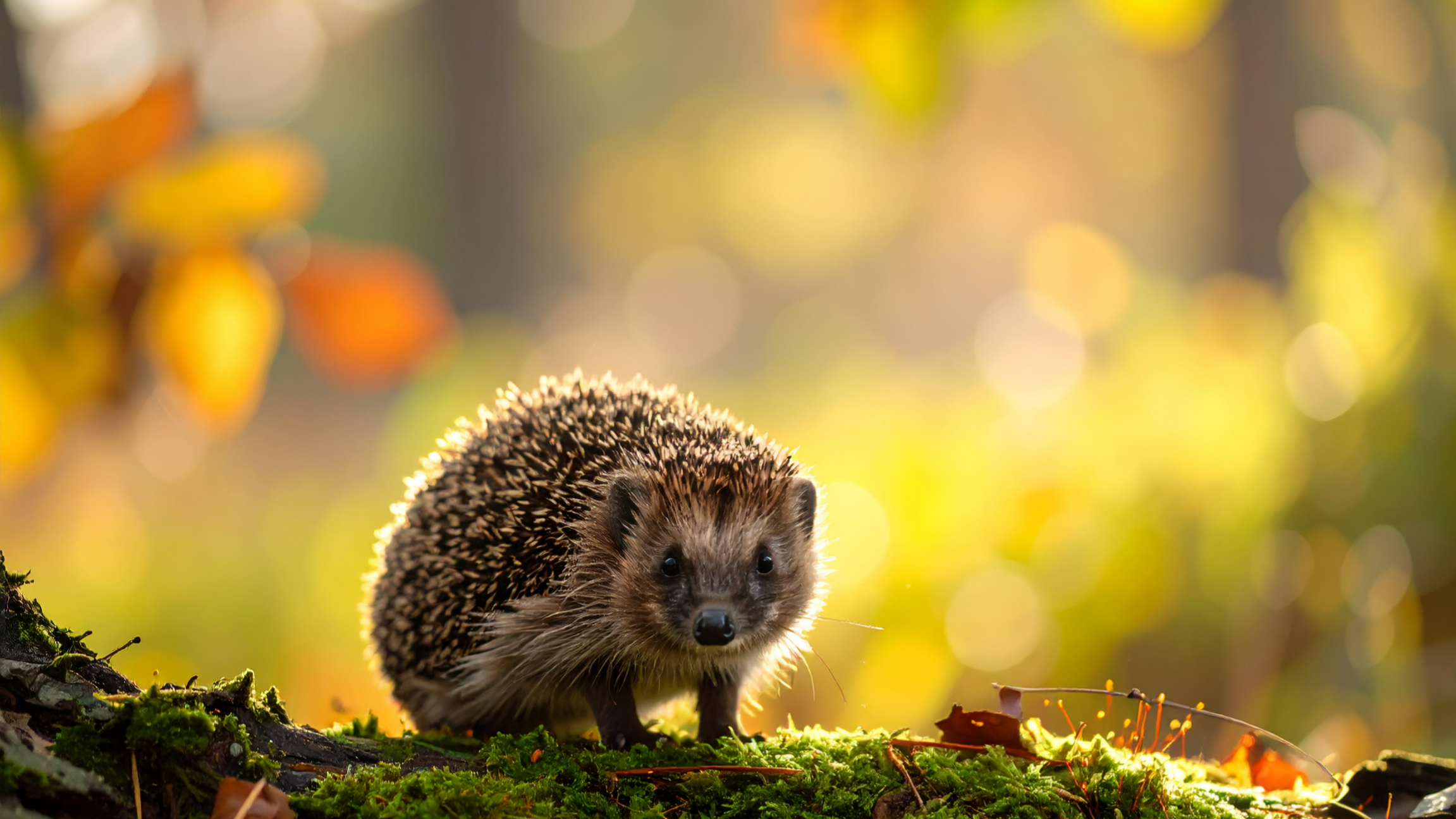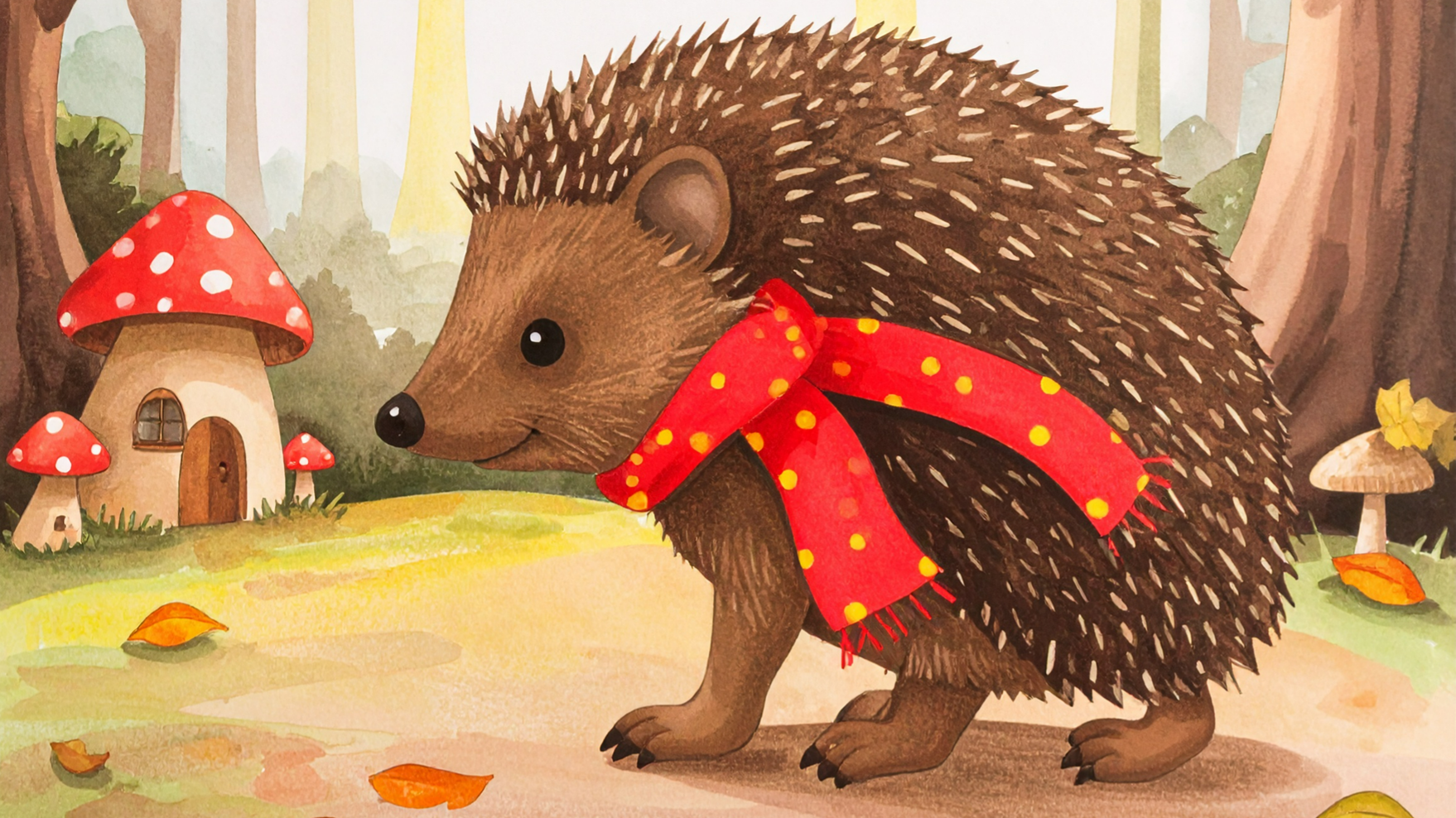How to Prompt AI for Children’s Picture Book Illustrations (A Step-by-Step Guide)

I think we dream so we don’t have to be apart so long.
If we’re in each other’s dreams, we can be together all the time.”
— Winnie the Pooh (A.A. Milne)
Vision First
Before you write a single prompt, stop and imagine.
What does the illustration in your mind look like? Can you see the character? The setting? The colours? The style of the page?
AI can’t read your mind. It doesn’t invent your vision. What it can do is translate your imagination into images, but only if you can describe it clearly and concisely. The real creativity lies in your ability to articulate your vision in words so that AI can render it.
Think of yourself not just as the writer, but also the art director of your storybook. You provide the brief, and AI acts like the illustrator who follows it.
Why Prompting for Illustrations Is Like Giving an Artist a Brief
When working with a human illustrator, you wouldn’t just say: “Draw me a hedgehog.” You’d give a brief: what the hedgehog looks like, what it’s doing, where it is, and the mood you want to create.
AI works the same way. The clearer your description, the closer the output will match the picture in your head. And just like an illustrator might sketch three thumbnails before getting it right, prompting is an iterative process. You refine, adjust, and guide until the artwork aligns with your vision.
The Five Building Blocks of a Strong Prompt
A good prompt has five components. Think of them as the ingredients of your art brief.
1. Subject (Who/What Is in the Scene)
The subject is your main character or focus.
- “A small brown hedgehog wearing a red scarf.”
- “A curious fox cub with oversized glasses.”
- “A little girl in a yellow raincoat holding an umbrella.”
2. Setting (Where is this scene taking place)
Anchor your character in a place.
- “A cosy forest clearing with tiny mushroom houses.”
- “Inside a warm kitchen with a wooden table and teacups.”
- “On a sandy beach at sunset with seashells scattered around.”
3. Style (The Artistic Look)
Style determines the overall “feel” of your illustrations.
- “Soft watercolour with pencil outlines.”
- “Bold cartoon style with thick black lines.”
- “Vintage storybook ink and wash.”
4. Mood & Lighting (The Atmosphere)
Mood brings emotion to the illustration.
- “Warm morning light with gentle shadows.”
- “Soft candlelight inside a cosy cottage.”
- “Bright afternoon sun with playful highlights.”
5. Composition (How it is Framed)
Composition defines how the viewer sees the scene.
- “Wide shot centred on the main character.”
- “Close-up focusing on the character’s face.”
- “Overhead view showing the entire scene from above.”
Before/After Example
Before: “A hedgehog in a forest.”

After: “A small brown hedgehog wearing a red scarf with yellow polka dots, walking into a cosy forest clearing with tiny mushroom houses. Painted in soft watercolour with pencil outlines. Warm morning light with gentle shadows. Wide shot, centred on the hedgehog.”

The second prompt may be closer to what you’d envision for a children’s book.
Keeping Characters Consistent Across Pages
One of the most challenging aspects of using AI for picture books is maintaining consistency in character development from one page to the next.
Tips for consistency:
- Create a character sheet: One prompt that fully describes the character. Reuse it in every illustration.
- Repeat key descriptors: Always include “brown hedgehog with red scarf with yellow polka dots” so the AI doesn’t forget.
- Generate references early: Make a few variations of your character and choose one to anchor your story.
Example Character Sheet Prompt:
“Character reference: A small brown hedgehog wearing a red scarf with yellow polka dots. Use this exact character in all scenes.”
Common Mistakes to Avoid
- Mixing too many styles: “watercolour + oil painting + 3D render” leads to chaos.
- Forgetting composition: the character might get cropped awkwardly.
- Leaving out key props or features: no scarf = no character recognition.
- Being too vague: “a hedgehog in a forest” produces generic results.
- Contradictory prompts: asking for “bright sunlight + candlelight” confuses the AI.
Step-by-Step Prompting Workflow for Picture Books
Think of it like building layers in an illustration:
- Draft the character: Define your protagonist clearly.
- Test Settings: Place the character in different locations.
- Refine Style: Choose 1–2 consistent styles for the whole book.
- Add Mood/Lighting: Adjust for tone — cosy, magical, adventurous.
- Finalise Composition: Wide shots for action, close-ups for emotion.
Example Workflow Prompt:
“A small brown hedgehog wearing a red scarf with yellow polka dots, walking into a cosy forest clearing with tiny mushroom houses. Painted in soft watercolour with pencil outlines. Warm morning light with gentle shadows. Wide shot, centred on the hedgehog.”
Prompt Scaffolds (Copy-and-Paste Samples)
Character Sheet Prompt:
“character reference: [describe character fully]. Use this exact character in all scenes.”
Scene Prompt:
“[character] is [action] in [setting]. Style: [art style]. Mood: [lighting]. Composition: [shot type].”
Consistency Prompt:
“Keep the character identical to the reference image. Same outfit, colours, and proportions.”
These prompts are not cast in stone. Think of them as guidelines so that eventually, you will be able to craft your own. The key is to experiment and keep a record of what works.
FAQ
Q: How do I write a good AI prompt for children’s book illustrations?
A: Use the five building blocks: subject, setting, style, mood, and composition.
Q: How do I make AI characters look consistent?
A: Always reuse the same descriptors and create a character sheet.
Q: What AI tools work best?
A: Although I use mostly Adobe Firefly because it has commercial-use licensing built in, the following are popular for generating images of every genre.
- MidJourney: best for stylistic, painterly looks.
- DALL·E: good for direct text-to-image tasks.
- Stable Diffusion: best if you want maximum control.
Q: Can I match a specific art style (e.g., crayon)?
A: Yes. Add keywords like “crayon texture,” “hand-drawn,” or “colored pencil.”
Q: Why do AI results sometimes look random?
A: Because the prompt was vague or contradictory. Be precise and consistent.
Wrapping Up
AI illustration prompting isn’t about luck — it’s about clarity. The clearer the picture in your head, the better you can describe it, and the closer AI gets to your vision.
You are the vision-holder. AI is just the tool that helps you express it.
👉 Want more prompt templates and a complete glossary of illustration styles? Subscribe to The Intelligent Playbook for practical guides that help you turn imagination into illustrated reality.
Subscribe. If you dare...
Thank you for subscribing!
Have a great day!